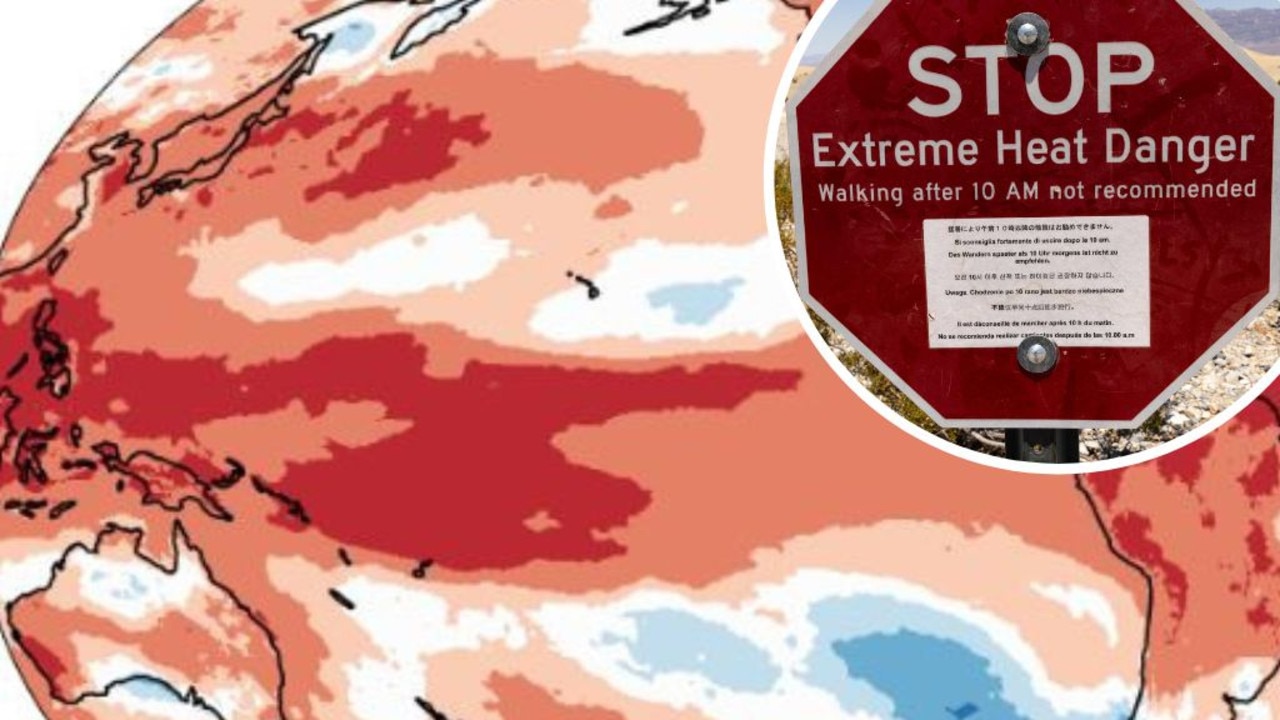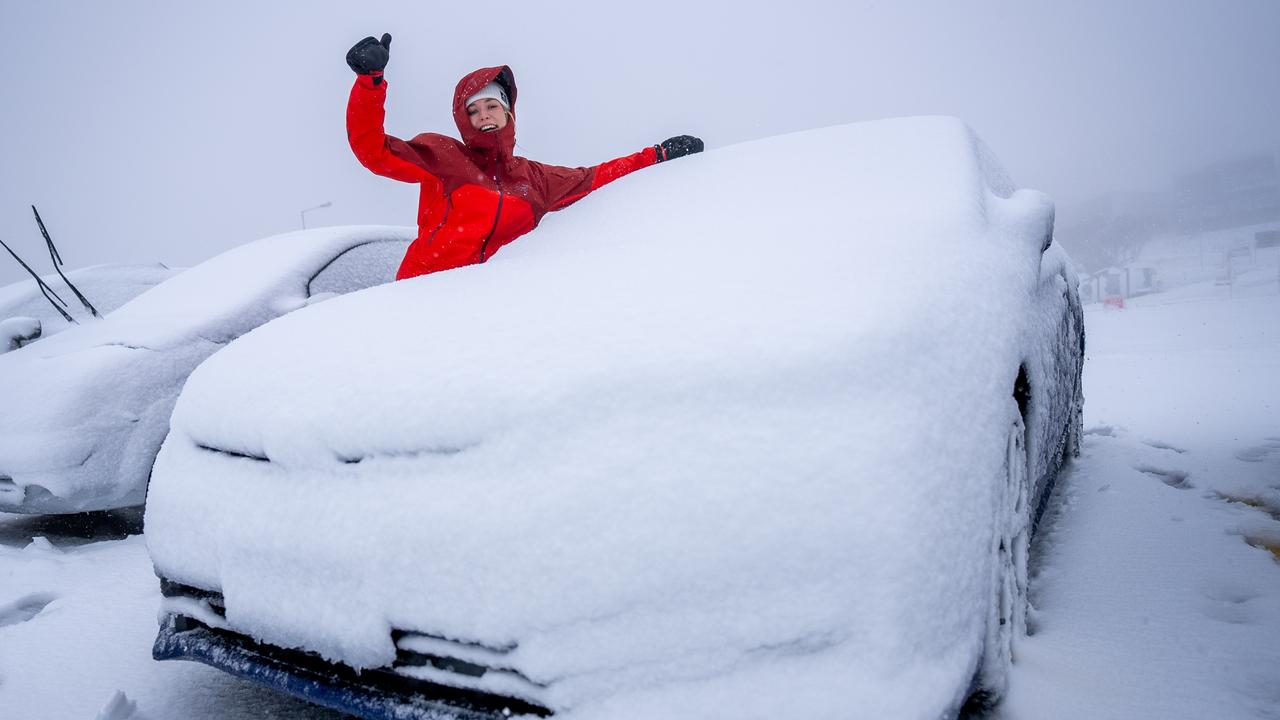From rainfall to heat, here are four Melbourne weather myths debunked
From lashing rain to soaring heat, Melbourne is notorious for its highly unpredictable weather — but a deep dive into the city’s climate patterns reveals if it’s really as lousy as people say.
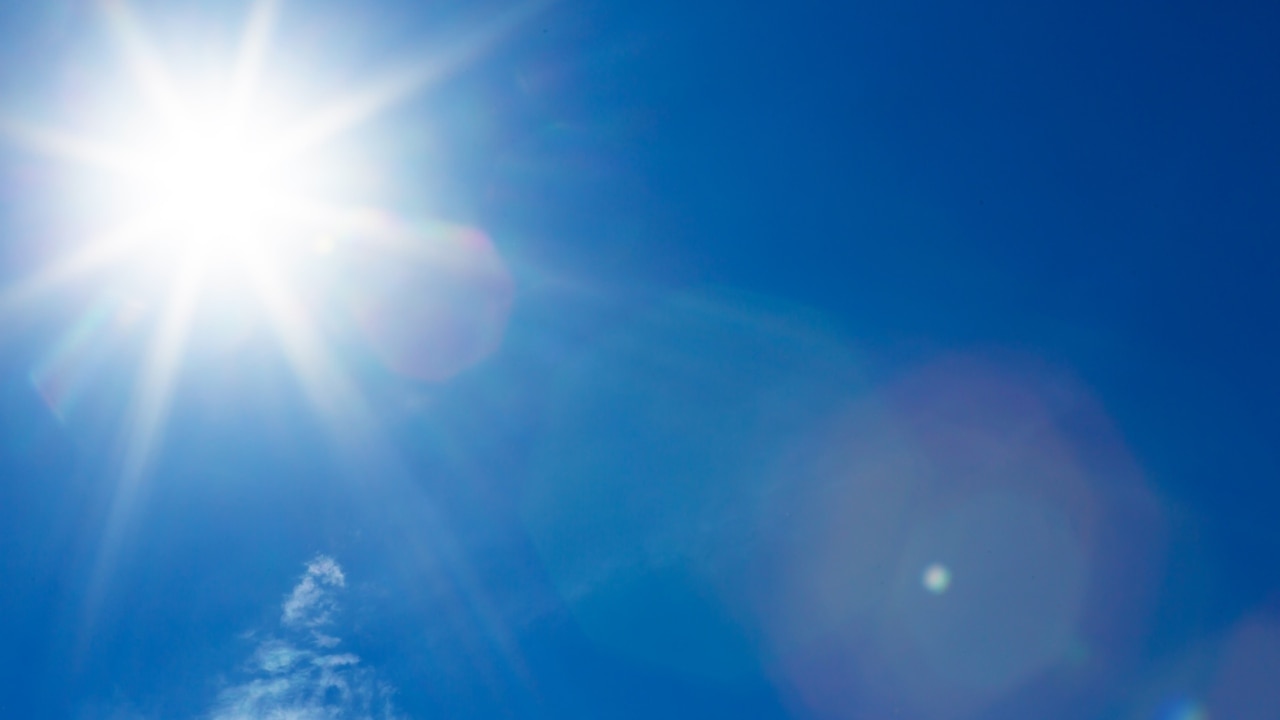
Weather
Don't miss out on the headlines from Weather. Followed categories will be added to My News.
A deep dive into Australia’s weather patterns has revealed the idea that Melbourne is cold, gloomy and experiences four seasons in one day, are mostly misjudgments.
While the southeastern city does experience cooler average temperatures than its mainland Australia counterparts, weather data indicates Melbourne’s overall climate isn’t much different from other cities.
The Herald Sun analysed climate patterns over the past 30 years to debunk four of the most common myths associated with Melbourne’s weather.

The city is very cold
One of the most common misconceptions believed by Melburnians, interstate residents and tourists alike is how low the city’s temperatures can fall.
Travel advice across multiple websites encourages those travelling to Melbourne to layer up and brace for chilly weather particularly in winter.
University of Melbourne Geography, Earth and Atmospheric Sciences Professor Kevin Walsh says while Melbourne may be one of the colder states in Australia, its temperatures are quite mild compared to other big cities internationally.
“Melbourne is colder than most of the rest of Australia on average, (but) a better comparison, though, is with winter average temperatures in big cities of the Northern Hemisphere, where Melbourne appears to be very mild by comparison,” he said.
“(For example it’s) about 4 degrees Celsius for London, about zero for New York, and so on.”
According to data recorded between 1991 and 2020 from the Bureau of Meteorology (BOM), Melbourne’s yearly average low based on observations from Melbourne Airport is 9.7 degrees.
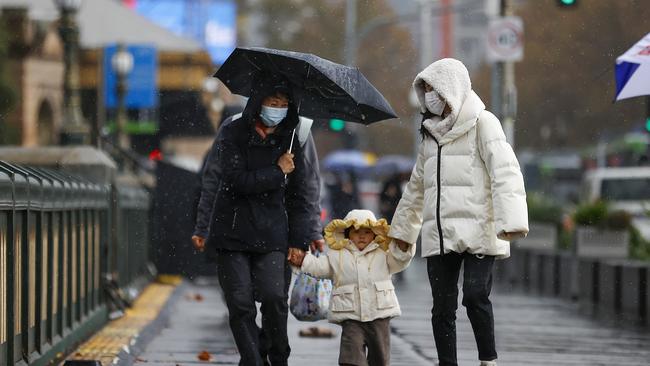
Melbourne’s summers are roasting
When Melbourne isn’t freezing, it is roasting – or so some people think.
Professor Walsh said the idea Melbourne’s summer months are extremely hot is another misconception, with the city’s warmer season seen as “mild” compared to other areas.
“On average, they are mild by world standards. For instance, New York is hotter on average during summer,” he said.
“But Melbourne does get some heatwaves where temperatures can become extreme, so that is what people remember.”
Meanwhile, the average yearly maximum temperature for Melbourne in the last 30 years is five degrees warmer than London, and three degrees warmer than the British city’s minimum temperature, according to BOM and Weather and Climate data.
Melbourne is a wet city
Melbourne may get dark and gloomy on its rainy days, but fortunately these weather events aren’t as common as expected.
According to BOM data, Tasmania has the highest average wet days in Australia with rain falling for 65 per cent of the year.
Melbourne comes in second with its 30-year average sitting at 135 days, while Sydney sits closely behind with 134.4 days of much heavier rainfall.
As for average millimetres of rain, Sydney experiences 1044mm in rain annually, almost doubling Melbourne’s average rainfall of 518mm.
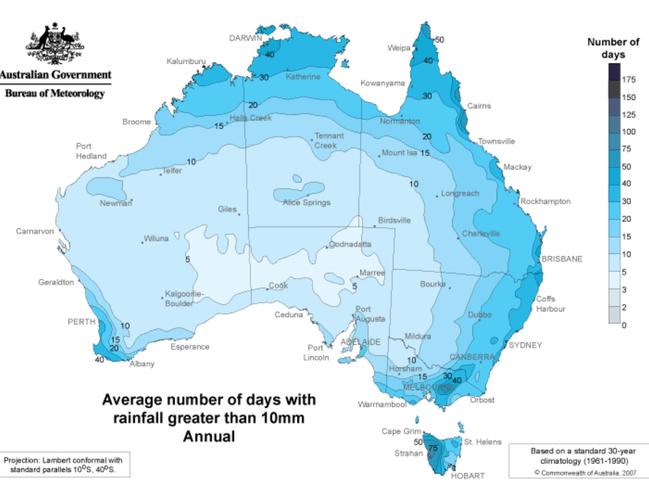
“Melbourne is certainly drier than Sydney, as measured by total rainfall,” Professor Walsh said.
“Melbourne gets a reputation for being rainy because on average there are about 10 days per month during winter with rainfall more than one millimetre.
“This are actually more rainy days than Sydney during winter, as Sydney gets on average about seven days per month. But Sydney’s total winter rainfall is more, by quite a lot.”
London, however, experiences more rainy days than Melbourne with the foreign city recording 141 days of rainfall according to Weather and Climate data.
Four seasons in one day every day
While there are periods where Melbourne may experience sunshine and thunderstorms in the one day, most of the time the city is just cloudy.
Melbourne’s overcast conditions typically occur for about 180 days annually, 59 days less than the number of cloudy days London experiences each year.
On the other hand, Melbourne has about 48 days of blue skies yearly on average, making it the city to have the least amount of clear days.
The number of cloudy days in London dominates Australia, with the city having almost the same number of cloudy days as Sydney and Perth combined – being 227 days a year.
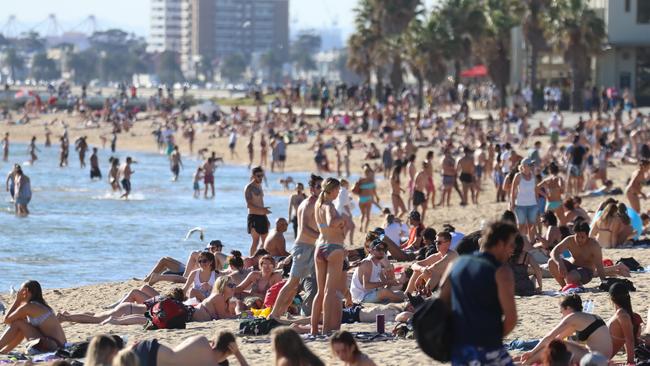
However, Professor Walsh said four seasons in one day could be experienced in summer as the weather in this period is variable due to the city’s geographical location.
“North of Melbourne is land that is very dry and hot in summer, and it is easy for hot air to travel towards Melbourne if there is strong northerly wind,” professor Walsh said.
“In contrast, to the south there is ocean, with moist, cool air, so the contrast between weather conditions associated with winds from the north versus winds from the south is quite extreme.
“Winds change from northerly to southerly with the passage of cold fronts, and this can lead to very sudden decreases in temperature.”
Overall Professor Walsh said Melbourne’s weather has slightly changed compared to 50 years ago, with the city warming up just over one degree across the seasons.
“The main impact on the climate of this trend, though, is not on the averages, but on the extremes,” he said.
“In Victoria, maximum summer temperatures have increased by more than that, according to Bureau of Meteorology data.”




